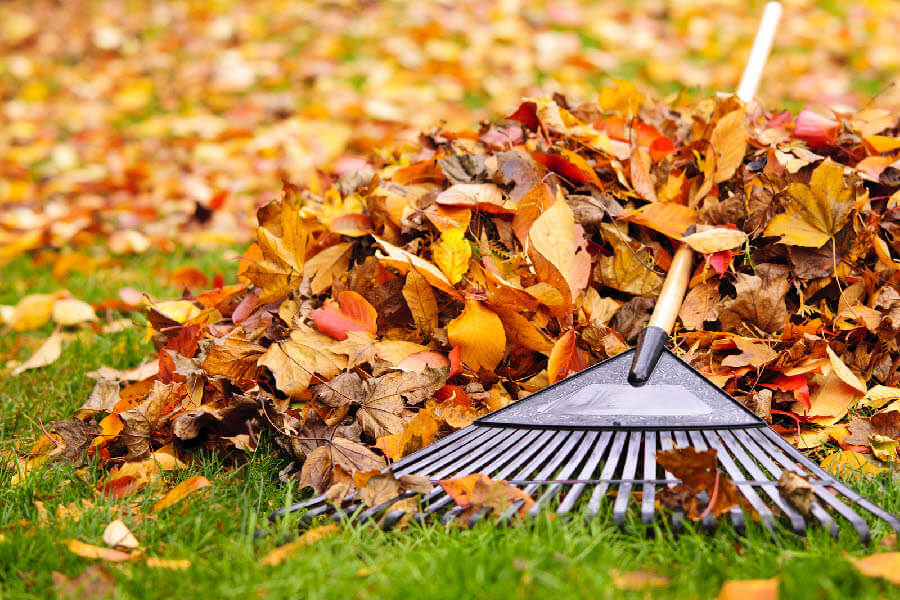It’s time for the weekly leaf collection. As your neighbors pile up their leaves on the sidewalk, you should think twice about bagging your leaves –– and your grass clippings.
According to the United States Environmental Protection Agency, landfills received about 10.5 million tons of leaves, grass, and other yard trimmings in 2018 –– that’s the weight of approximately 9.5 million adult walruses entering the landfill. Even scarier, this total amount comprised 7.2 percent of all municipal solid waste landfilled.
Not only does bagging yard trimmings take up landfill space, but it also removes valuable nutrients from the environment. Removing a precious food source from your lawn and garden doesn’t sound so eco-friendly, does it?
Instead, do this with your leaves and grass clippings.
• Mow your leaves to create a nutritional mulch for your grass. Cut the leaves down to dime-sized pieces. When you can see half an inch of grass above the shredded leaves, you’ve shredded them enough.
• Use shredded leaves and grass clippings as mulch in the vegetable garden or flower beds.
• Compost your leaves and grass clippings, which you can later use as mulch or organic fertilizer.
• Leave behind your grass clippings. They’re healthy for your lawn and will decompose quickly.















